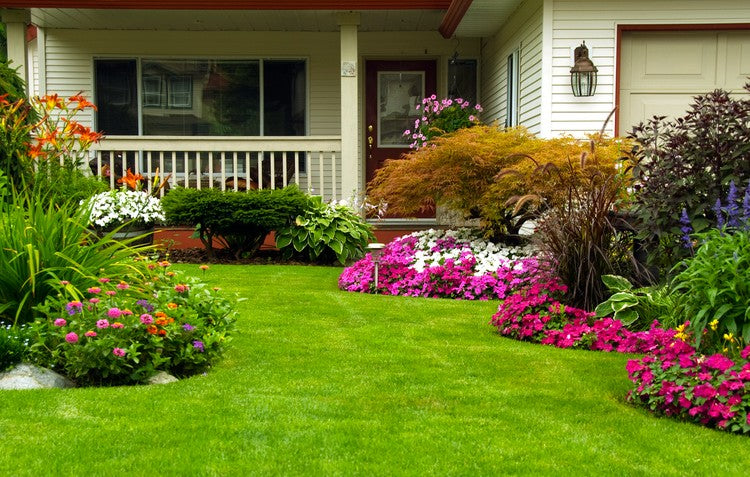Home gardeners are an important part of the solution to climate change by using sustainable gardening techniques. These practices can slow future warming by reducing carbon emissions and increasing carbon storage in our soil and plants. In addition, you can also adapt your outdoor spaces to make them more resilient to climate change through the correct which include diversifying the native plants you grow, improving soil health, growing heat/drought tolerant crops, and using stormwater management techniques. Read on to discover how you can adapt your garden to a changing climate and practice climate-friendly gardening techniques that’ll ensure the health of your garden well into the future.
Identify how your climate is changing
The best strategies and methods to adopt in your garden will vary depending on where you live. While some can expect far greater rainfall, others can expect far less. Some will experience more droughts and others more flooding. While some gardeners will battle hotter temperatures year-round, others may actually find that cooler temperatures and strong winds are more common.
Before you can begin to adapt, it is important to find some clarity around what weather patterns are common or expected in your area. Gardening for a changing climate means understanding in as much detail as possible how things are likely to change where you live throughout the future. However, whatever your changing climate looks like there are some key considerations to think about in order to future-proof your garden!
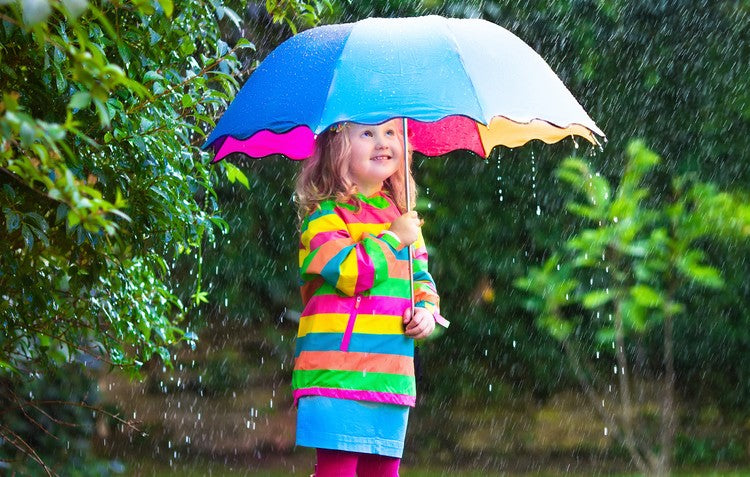
Reduce Greenhouse gas emissions that contribute to rapid climate change
Try to cut down on your use of gas-powered lawn and garden equipment. When it comes time to replace your mower or weeder, choose a rechargeable electric-powered one instead of a gas one, and Instead of a leaf blower, use an extendable rake. These actions will cut down on gas emissions that contribute to climate change.We also advise you to plant lawn alternatives where grass does not grow well in your garden. This will reduce the need to mow and the amount of fertiliser and herbicides (which also take energy to produce) that you would need to use, providing essential spaces for wildlife habitat.
Plant more diversely with native plants
Landscapes with more plant diversity are more resilient when it comes to facing new pest and disease pressures, as well as changes to the climate such as extreme heat and drought. More plant diversity in your garden also will support pollinators and beneficial insects that provide critical services like deterring other pests and decomposition.
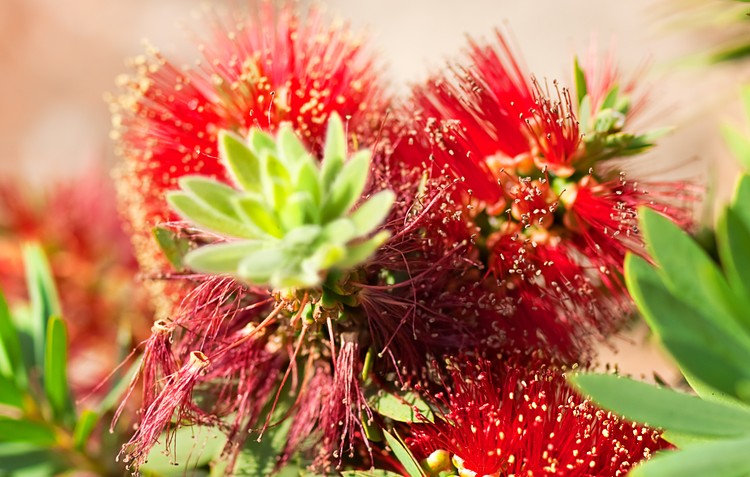
Protect and improve your soil
Help store carbon by keeping soils covered with a diverse range of plants and improve soil health by adding organic matter and disturbing the soil as little as possible.
Plants absorb carbon dioxide, a major greenhouse gas, from the air and healthy soil can store it long-term. The best option to preserve your soil and ensure its health is to make your own compost or participate in a municipal composting system. By giving your food scraps and yard waste to organisms that transform them into compost, you’re essentially recycling nutrients on the ground that would otherwise contribute to the problem in the atmosphere. For information on how to start your own compost, please refer to our blog “Composting For Beginners”.

Conserve water by utilising stormwater
More frequent rainfall events and floods are anticipated with climate change, but you can help excess water slow down and soak in, as well as reduce erosion by creating a rain garden, swale, or vegetated buffer. You could even use rain barrels to store water for later use.Our favourite resilient plants
Mat Rush
Mat Rush is an excellent choice if you're looking for a drought tolerant species that can sit in a partially shady spot. This grassy plant generates glossy, green leaves up to 1m long and roughly 2cm wide. The white flowers attract pollinating beetles, however unlike many drought tolerant species, Mat Rush will grow in anything from sandy soil through to dense swampland.Native Violet
Native Violet is an Australian native, spreading perennial plant that serves as the perfect groundcover for a dry, shady patch, even if it gets frosty. It'll even grow well in colder alpine areas. The flowers are edible and are usually purple and white, though you can find pure white and baby blue variants. If planting native violets, remember that they prefer soil to drain freely.
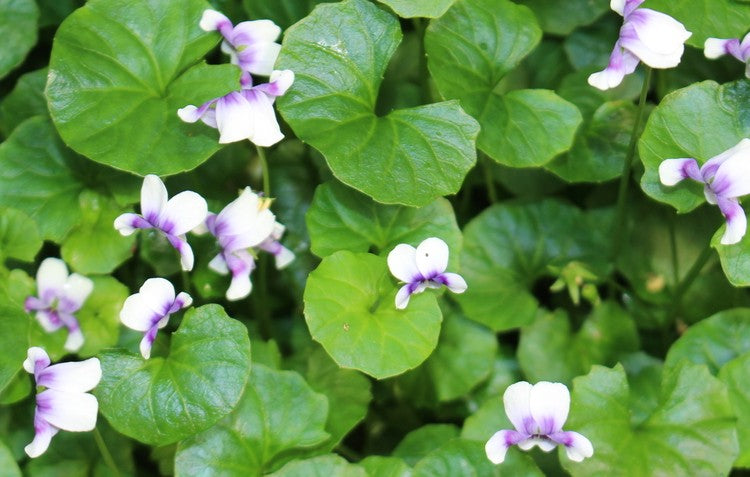
Westringia
With small purple flowers and velvety foliage, native Australian Westringia is a beautiful and drought tolerant plant for areas exposed to full sunlight. It also makes a great drought resistant hedging plant. Westringias prefer sandy, well-drained soil although they'll grow in most varieties of soil. They can also tolerate coastal spray, frost and even exposed spaces like patios or rooftop gardens.
Callistemon
All callistemon species are hardy flowering shrubs that produce distinctive bottlebrush flowers in a plethora of colours. Being Australian natives, they're a great choice when you're looking for drought tolerant flowering plants. Most species are also frost tolerant to some degree and will grow in almost any soil provided that it's not too alkaline.
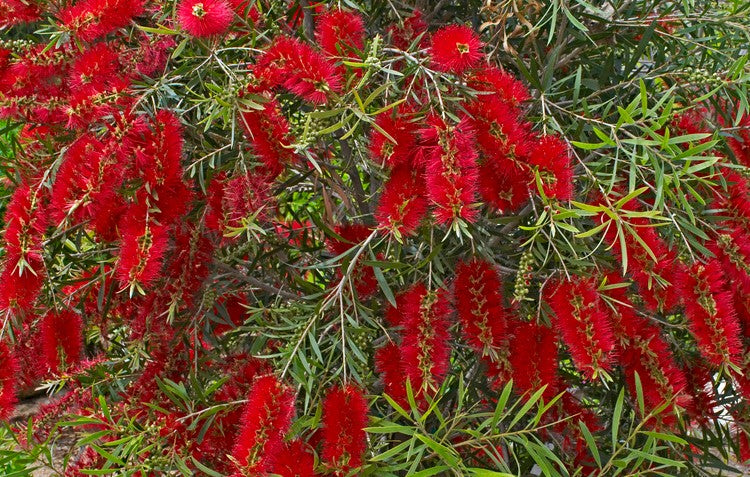
Grevillea
The grevillea is yet another Australian native flowering plant that does well in low-water conditions, with their iconic flowers coming in a range of colours from red through to cream. Like correas, grevilleas come in the full spectrum of sizes from species that are suitable as low-hanging ground covers, to trees that can grow up to 20m. All grevilleas favour full sunlight, although they'll allow for dome shade at the expense of their flowers. Well-drained soil is also a must-have.
Correa
All Correa species are drought tolerant flowering plants. They come in a variety of shapes and sizes from low-hanging plants to large shrubs, so there's bound to be one that will suit your needs. Most correa species flower some time between May and November and will cope with any kind of soil and any amount of sun. However, they prefer sandy soil with good drainage and dappled morning sun.

Other ways to build a climate-resilient garden
Minimise Tilling
Digging or plowing your soil can disrupt its underground fungal networks, exposing the soil to air and releasing carbon dioxide and nitrous oxide, each of which are harmful to the environment. To preserve and maintain these underground systems of microbes, try practicing no-till gardening! This involves gently loosening only the top few centimetres of soil with a fork or by hand without actually turning the soil. Make sure to leave the rotting roots of previously cut crops in place, unless they block the place area you want to plant in.
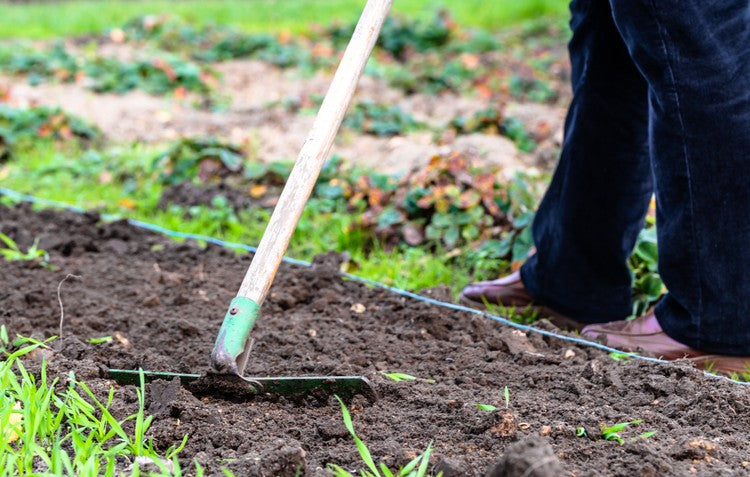
Create Microclimates
Creating microclimates is a great method of protecting your garden from climate-related weather extremes. Microclimates act as shielded areas that protect your plants from both devastating heat and cold weather, as well as rain, hail and wind. As a result of the protection, you’ll also find that you’re growing season is extended.You can construct microclimates within your garden by utilising natural features like shaded areas underneath trees, rock formations, ponds, streams and slopes. Mulching, raised garden beds and barriers around your plants can also reduce plant exposure.
With a little help from microclimates, we can also encourage and expand on the range of crops that will grow here.
Save Seeds
Through the act of saving seeds, you’re selecting the best attributes of your healthiest plants and preserving them for the next growing season. This means you’ll have seeds up your sleeve so that you can grow plants that have adapted to the exact growing conditions necessary to prosper in your garden.
To start saving seeds, choose open-pollinated plants. Remember that seeds from hybrid plants will not reproduce true, so you can avoid those. Lettuce, peas, beans, tomatoes, and grains, which require little or no seclusion, are easy to grow for seed saving.
Saving seeds also ensure own your food security! With food shortages often caused by weather events and global supply chain issues, you'll find that saving seeds will allow you to plant vegetables and have them on hand to fill your plate up.
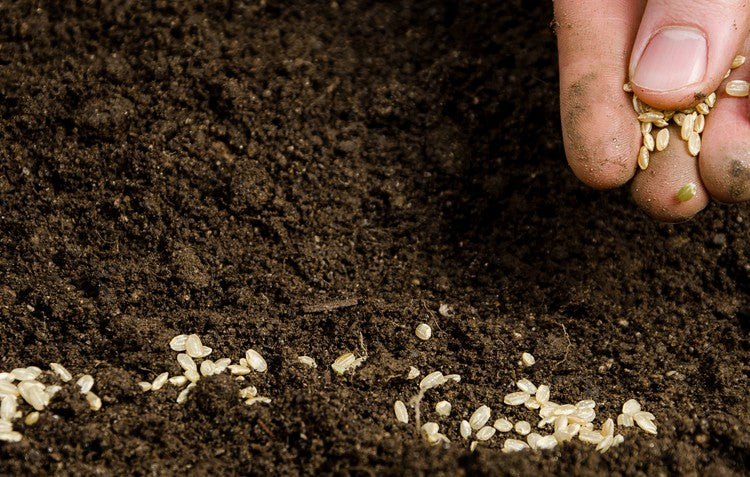
Avoid Pesticides
Pesticides pose a real threat to the biology of your soil and the environment. Many studies have shown that pesticides have played a role in the decline of bees, birds and other species of wildlife that contribute to the growth of food crops.When nature is in harmony, pesticides aren’t required. Insects, birds, and microorganisms naturally engage with plants and protect them from diseases and unwanted pests. Including plant diversity and native plants in your garden will also go a long way to keeping pests and disease outbreaks in check.
Another reason to avoid when it comes to climate change is the additional production and transport costs associated with pesticides that contribute towards the country’s carbon emissions.

